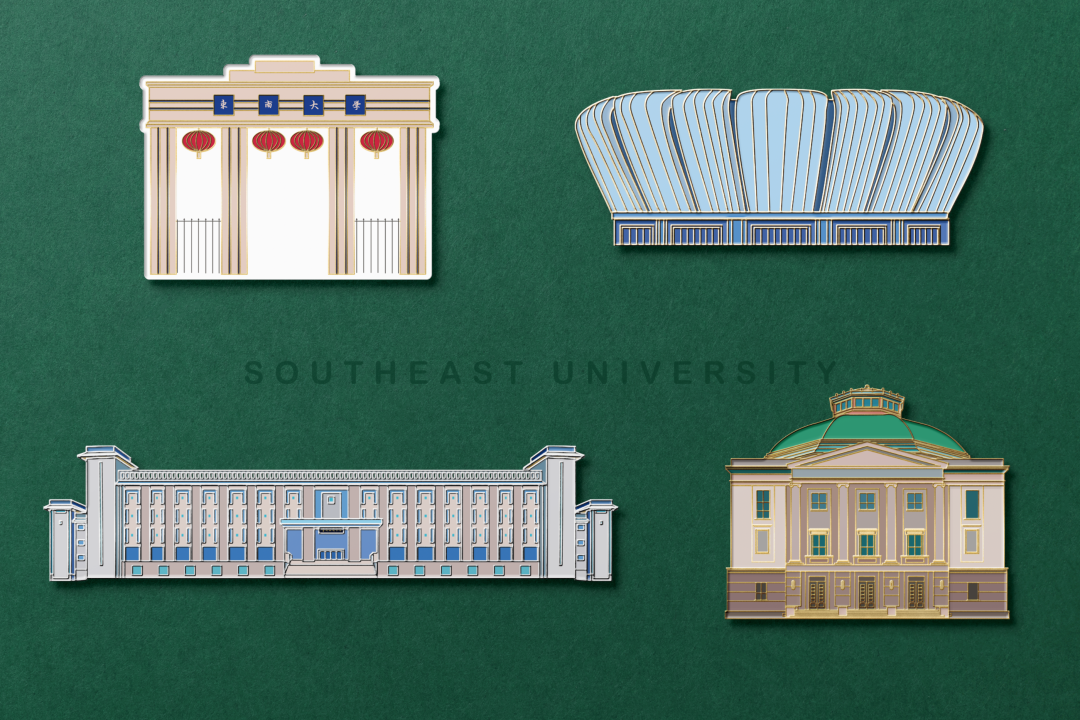Let’s learn about its history and present life.
The plan is recessed in the middle.
The building emphasizes vertical lines, and the longitudinal wall between windows is prominent, pulled up and contracted layer by layer.
145 Yueyang Road in the surrounding area consists of the main building and the service room on the north side.
Now it belongs to the Shanghai Institutes for Biological Sciences, Chinese Academy of Sciences.
The lower slope bends upwards near the eaves, and the roof is paved with red brown scaly tiles, forming a fish scale shaped roof.
It faces east from the west and faces Yueyang Road to the east, with lawns on both sides.
From then on, this courtyard, which was re listed as “No.
There is a semi circular outer corridor supported by simple Tashi pillars in front of the bottom door, with a vase shaped railing in the middle, open on both sides for entry and exit, and two steps below.
The former site of Linsheng Hospital was built in 1920, covering an area of 2267 square meters and a building area of 1403 square meters.
The top of the wall rushes out of the daughter wall, with the legacy of Gothic architecture.
320 Yueyang Road was built in December 1929, formerly known as the “Shanghai Institute of Natural Sciences”.
320 Yueyang Road”, has become an important wing for the development of the scientific cause in New China.
The most distinctive feature of the building is its fish scale shaped folding eaves sloping roof, with a flat top on the upper slope and a steep top on the lower slope.
There is a lotus shaped fountain among the green trees in the garden
.
The main building of the building is a three story brick concrete structure, with three floors high on both sides and two floors high in the middle.
The residential building at No.
The building itself is a historical photo of the 1920s.
No.
The ground floor consists of seven Roman coupons forming a continuous arched colonnade, with a spacious foyer inside.
The central escalator adopts wooden handrails and copper handrails, with spherical components in the middle of the handrails.
The walls are made of brown tiles, neatly arranged and dignified.
The stair treads are black Terrazzo surface, and the stair platform is small square tile floor.
After liberation, the Institute was reorganized into the Institute of Physiology and Biochemistry of the Chinese Academy of Sciences.
The building area is 1010 square meters, covering an area of 55 acres.
The main building in the middle has five floors and three wings, expanding and stretching.
The main structure of the building is a reinforced concrete structure, with three floors and five floors at the main entrance.
On Yueyang Road, there are not only beautiful buildings and quiet alleys that people like to talk about, but also a tall building with a strong scientific atmosphere.
The main building is a three story brick wood mixed structure, with a symmetrical three section composition on the south facade, white pink walls, and yellow corners and interlayer lines.
This building faces west and east, with a reinforced concrete structure consisting of two enclosed courtyards.


